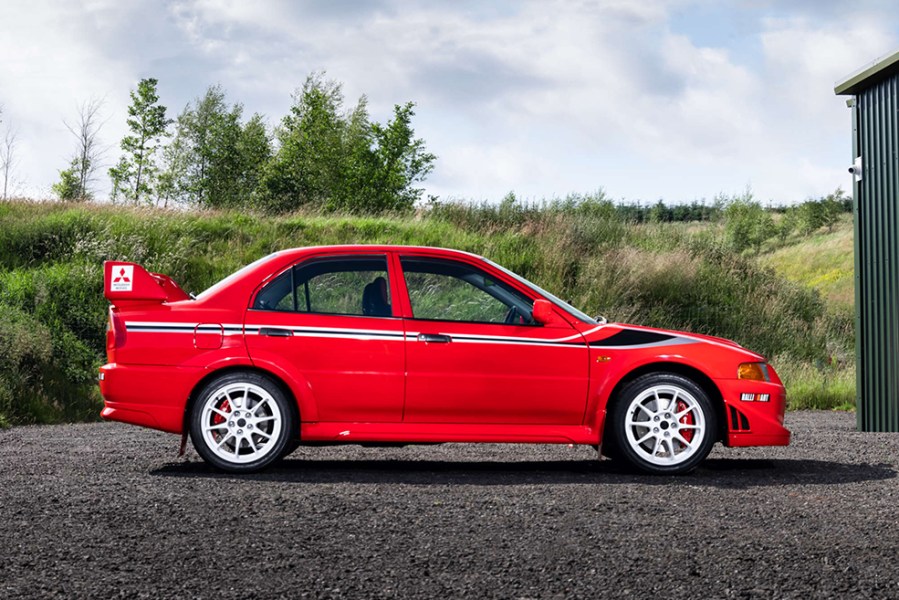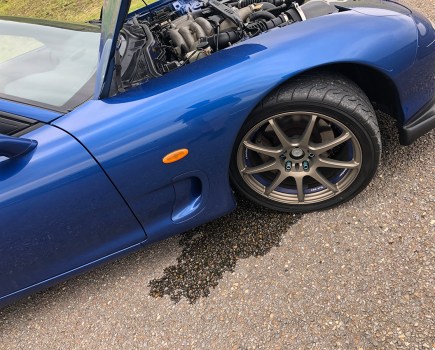One of the original rally replicas of the 90s, the Mitsubishi Evo VI is the epitome of the breed, bringing true rally car capability to the road. Here’s our tuning guide to help you make your project car even faster.
A routine four-door saloon may not sound like the ideal starting point for developing one of the greatest performance cars of all time but, in the hands of Mitsubishi’s rally-hardened engineers, the Lancer Evolution became exactly that.
One of those rare performance cars that almost single-handedly carved out a new motoring genre, the road-going rally replica, the Evo was a revelation. Being locked in an automotive arms race with its closest rival – Subaru’s Impreza STI – pushed each brand to produce ever more potent machinery in a bid to secure both the silverware on the rally stage, and become crowned king of the streets. But where some may say that Subaru’s offering gradually softened over time, Mitsubishi’s uncompromising Evo has always retained a hardcore rally kudos. Lighting fast turbocharged acceleration and awesome four-wheel-drive grip enabled the Evo to deliver in almost all weathers and make it one of the most accomplished point-to-point cars on the planet.
Of all the ten generations in its lifespan, it’s the Mitsubishi Evo VI that has enjoyed the most coveted status, largely due to it being the first official Evo available in the UK as well as through its links with Rally legend Tommi Makinen at the height of Mitsubishi’s strangle-hold on the WRC title. Add in virtually limitless tuning potential from the 280bhp 4G63 2.0-litre engine and you have a recipe for performance car heaven.
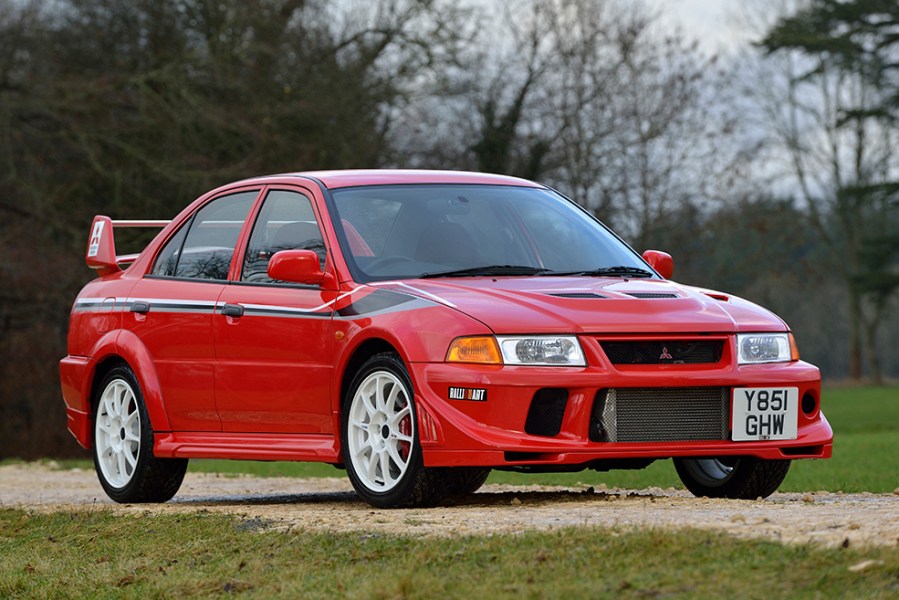
Mitsubishi Evo VI History and Specs
Launched in January 1999, the sixth instalment of the Lancer Evolution was built on the same platform as the two previous generations, but added upgrades to cooling and engine durability, including a larger intercooler and oil cooler, new pistons and a titanium-aluminide turbine wheel for the hardcore RS model. This endowed the Evo VI with a 155mph top speed and a sub five-second 0-60mph sprint. The same evolutionary approach was applied to the car’s underpinnings with the same Active Yaw Control and Brembo brakes, but with lightweight forged front suspension arms and knuckles to reduce unsprung weight.
While the basic silhouette remained largely unchanged, although the bodyshell was stiffened with thicker steel and extra spot welds, while a more aggressive front bumper and a revised twin-blade rear spoiler are the main visual clues that mark out the model from its forebears.
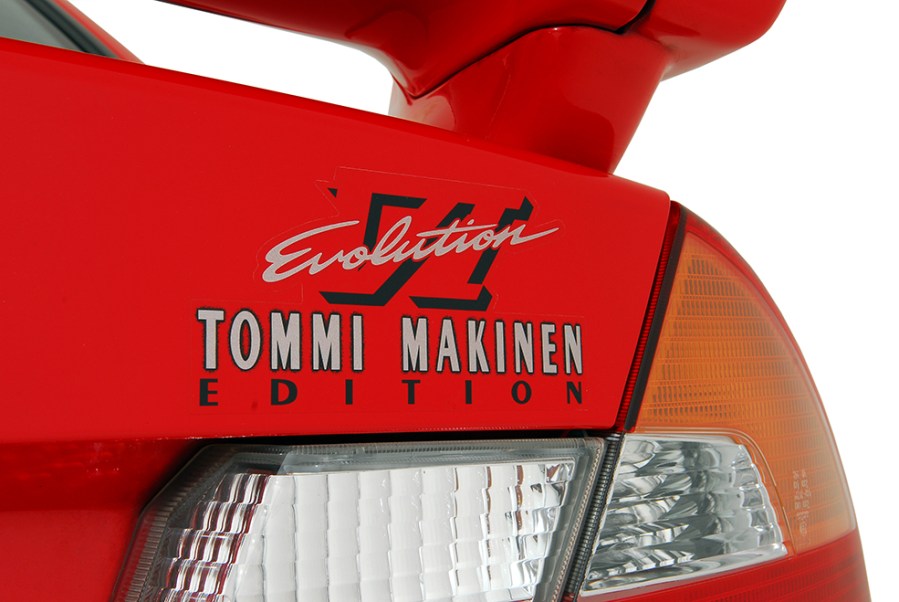
Special editions
Along with the same RS (Rally Sport) and GSR versions as the previous two generations (with GSR versions the first official UK models), a new model was added to the Evo VI line-up. Known as the RSX, it basically added a few of the GSR’s refinements to the stripped back Rally Sport model, while a limited edition RS Sprint added tuning by Ralliart UK to make the RS even lighter and more powerful at 320bhp.
Other potent special edition models were also released into the line-up, with the Extreme, the Zero Fighter and the wild RS450, the latter of which was an upgrade option available through UK-based Mitsubishi tuners Ralliart. But it was the Tommi Makinen Edition (TME), launched in December 1999 that was the most iconic and desirable of the bunch. Named after the legendary Finnish rally driver who had won Mitsubishi four WRC drivers championships, it featured a unique front bumper, red and black Recaro seats, 17in white Enkei wheels, lowered ride height and a titanium turbine wheel which spooled the turbo quicker. But the most eye catching aspect of the TME was the optional decal kit, which replicated the flying Finn’s rally car livery.
With the prices of Evo VI’s starting around £20k for well used base model GSRs, and immaculate, low mileage Tommi Makinen Editions stretching up into to six figures, it can take a considerable investment to buy one, let alone tune one, but that doesn’t mean you shouldn’t, as they have so much potential and the right mods shouldn’t affect future values. Be sure to check out our Evo VI buying guide for advice on how to buy a good one.
What areas to modify
To help you choose which modifications to make, we’ve broken the car into its component parts to give you specific advice on how to maximize each area.
We’ll show you which parts you’ll want to upgrade – as well as which ones work fine from the factory – to let you know the essential areas to spend your cash to make your Evo VI a proper stage or street slayer.
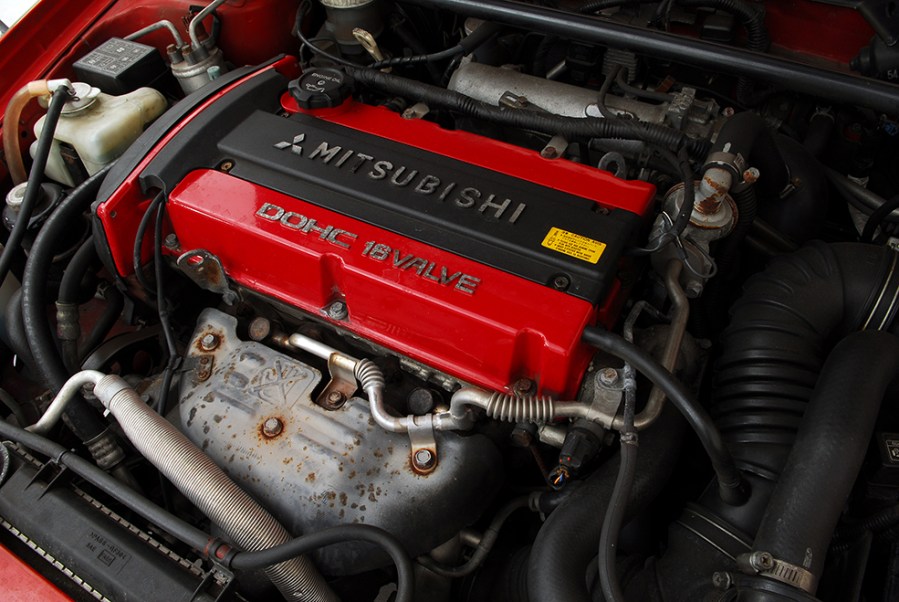
Mitsubishi Evo VI Engine Tuning
The Evo VI features Mitsubishi 2.0-litre, turbocharged, four-cylinder 4G63 engine. Like many Japanese cars of the time, the Evo VI’s power was capped under the manufacturer’s “Gentleman’s Agreement” to 276bhp, but that’s just the starting point. With the right modifications it is capable of producing power figures that’ll make your eyes water!
Exhaust Tuning
Factory exhausts are designed to keep noise to a minimum, but do so at the expense of gas flow and speed. This means you can reap huge gains by replacing the restrictive standard system with a free-flowing aftermarket exhaust alternative.
The Evo VI requires a system with a minimum internal bore of 3in, which ideally needs to remain the same diameter right from the turbo outlet elbow to the tailpipe to reap the maximum rewards. This means replacing the whole exhaust system, which while the best for performance, can be detrimental to your wallet. A cheaper alternative would be a cat-back system, or even a de-cat system. Both of these options would improve the sound of the exhaust immensely, but wouldn’t give the same power increase as a you would get with a 3in downpipe too.
Those looking for the ultimate in gasflow and throttle response will need to find the budget to also uprate the turbo manifold to a tubular design. These have much improved flow characteristics over the standard cast item, but some of the cheaper ones can suffer from cracking.
Intake Tuning
The Evo’s stock air box is a very effective design straight from the factory, limiting heat soak and offering a large filtration area for reasonable airflow. Many specialists recommended retaining the OEM box and simply replacing the filter element with a freer-flowing item from filtration specialists K&N or Pipercross. This upgrade should be enough for all but the most extreme performance goals, where you might sacrifice a higher level of heat soak for the ultimate airflow with an induction kit. However, if this is the route you choose, you should also uprate the intercooler to deal with the higher inlet temperatures and look into a dedicated air feed to direct cold air onto the filter. If you can locate your cone filter in an aftermarket air box too, then that would be the best of both worlds.
After you’ve made improvements to the filter itself, you can then move onto the intake pipe between the airbox and the turbo. This mass produced item is not smooth and causes a lot of turbulence reducing air speed into the turbo. Replacing this with an aftermarket silicone alternative from the likes of Samco Sport should produce noticeable results in performance as well as increasing the under bonnet aesthetics.
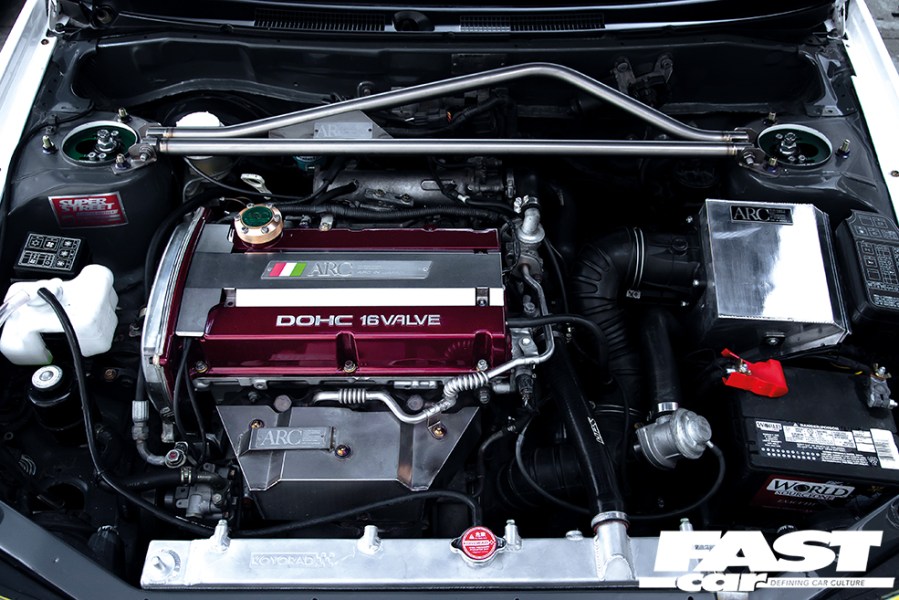
Boost upgrades
Before shoving a shedload of boost into your Evo’s engine, you’ll need to upgrade the turbo’s wastegate actuator. If it’s still an original item, these are getting on a bit now and will eventually start to fail, at best starting to creep, restricting boost, or at worst, they can rust and seize up, creating turbo-destroying overboost. The logical choice is to replace the OEM item with a 13/15 bar unit. This allows a wide choice of boost control methods to be used without issue.
Another belt and braces upgrade worth making before upping the boost is to replace the stock plastic blow-off valve. These are known to leak once you get above 17-18PSI, as well as being wildly inconsistent. A direct replacement recirculating unit from the like of GFB, Turbosmart or Forge Motorsport will work flawlessly, look good and cause no issues with idling or fueling.
Around 350bhp should be possible to achieve with the stock turbo, but above this, you will require an upgrade. Be warned though, as turbo size is crucial, and a turbo that is too big will induce a lot of lag, robbing the engine of responsiveness. The best bet is to stick with Mitsubishi’s own range of blowers and opt for a Mitsubishi OEM TD05HR turbo from a later Evo IX, as it produces much more mid-range power and is a direct replacement. This blower should be good for well over 400bhp or more.
Fueling
The Evo’s stock fuel pump is rated for between 80-160 litres per hour. And while this might be fine for a stock level of tune, as soon as you increase the boost, you will be running it close to 100% of its duty cycle with no reserve. To give the fuel system adequate headroom for tuning a uprated item is needed. A high-flow unit from the likes of Walbro or Deatchwerks would be a good choice, and come in either 255, 300 or 400 litre-per-hour ratings, the latter being perfect for running ethanol blend fuels such as E85 which require much higher fuel delivery.
When you replace the fuel pump, it’s also worth upgrading the fuel pump wiring, as the factory wiring limits the voltage to the pump to 11-12v. Fitting a new relay and larger power wires can provide a true 13.5-14v to the pump, which can raise its performance by as much as 20%.
The fuel injectors would be the next items to be replaced, as the stock 560cc items will be working close to their limit with even mild boost increases, so an upgrade to some 750cc or even 1000cc units will help future proof the fuel system for further upgrades later down the line. A good idea is to accompany these with an uprated fuel rail and fuel pressure regulator, as this will smooth out the fuel flow and provide a larger store of fuel for the new injectors to draw from.
Engine internals
Being such a capable machine from the factory, even just an extra 100-150bhp will transform an Evo VI into a seriously fast car that will demolish practically everything else on the road. But for those who want to push the performance boundaries even further, you will need to look into strengthening the connecting rods and head studs, as these are believed to be the main weaknesses of the 4G63 when pushed with tuning. However, many people have been fine with the standard items even at big power levels, so the choice is yours.
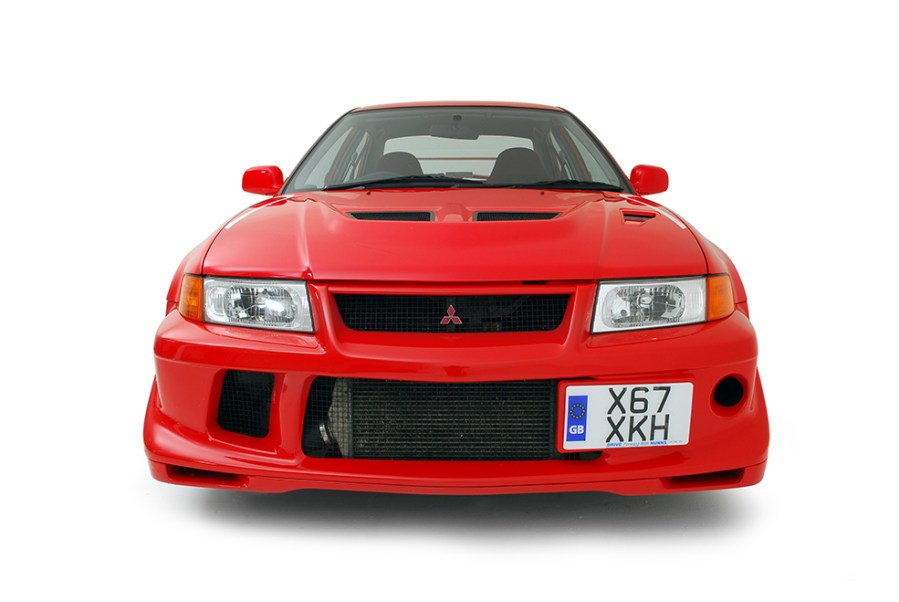
Remapping
Unlike previous generations of Evo, whose ECU’s cannot be remapped and require an additional aftermarket system, various companies can remap the VI’s factory ECU via software systems such as Ecutek. This enables the fuel, ignition, boost and many other features of the ECU to be altered to virtually any levels of modifications. Larger injectors can be tuned in as can modifications in air flow, while speed and boost limiters are no longer an issue.
It also has the advantage of retaining all of the factory ECU features such as smooth idle, air conditioning and fan control. For more serious builds, a move to an aftermarket standalone ECU is required. These are available from the likes of Haltech, Syvecs, Link and Motec. They have greater control and much more functionality than a stock ECU, including controlling advanced features such as anti-lag, boost by gear and E85 fuel flex systems, for the ultimate set up. The only downside is they can be very expensive.
Cooling upgrades
The Evo’s factory intercooler is a decent unit, but the pipework could be better, especially the lower pipe from the turbo to the intercooler, which is often quite restrictive. Significant gains have been found in both the boost curve and throttle response by replacing this pipe with a higher flowing unit. While you’re at it, you could also replace the rest of the intercooler pipework with hardpipe or uprated silicone couplings, which will improve the looks and aid reliability and boost control, but won’t offer the same leap in performance.
As mentioned earlier, the stock airbox works well at keeping the air cool, but induction kits without shielding allow inlet temps to spike, so an uprated intercooler should be installed if you’re running one and have significantly increased the boost. As well as being more efficient at cooling, an aftermarket unit should offer an increase in air flow too, so be sure to accompany the fitment with a suitable remap to ensure air/fuel ratios remain at a safe level.
Camshafts
While there’s a wide range of different camshafts on the market, it’s important to remember to complete the upgrade as a package. This means doing the camshafts, valve springs and vernier camshaft gears all at the same time. Even if you plan on using a small profile camshaft which does not require valve springs, it’s wise to still replace them anyway. Yes, it is more expensive, but it provides much better safety, control and will be able to handle high rpm / high boost much better over a long time period.
Recommended camshaft suppliers include the likes of Camtech, BC and Crower and should be fitted along with quality cam gears. With the right cams and tuning you can expect to see large gains in horsepower and torque. However, beware that, as you go larger in the cam profiles, the car’s idle and low rpm driveability will begin to suffer, as will the fuel economy.
For the majority of owners, going for a mild profile will provide great benefits without any serious side effects and can be tuned easily with the stock ECU.
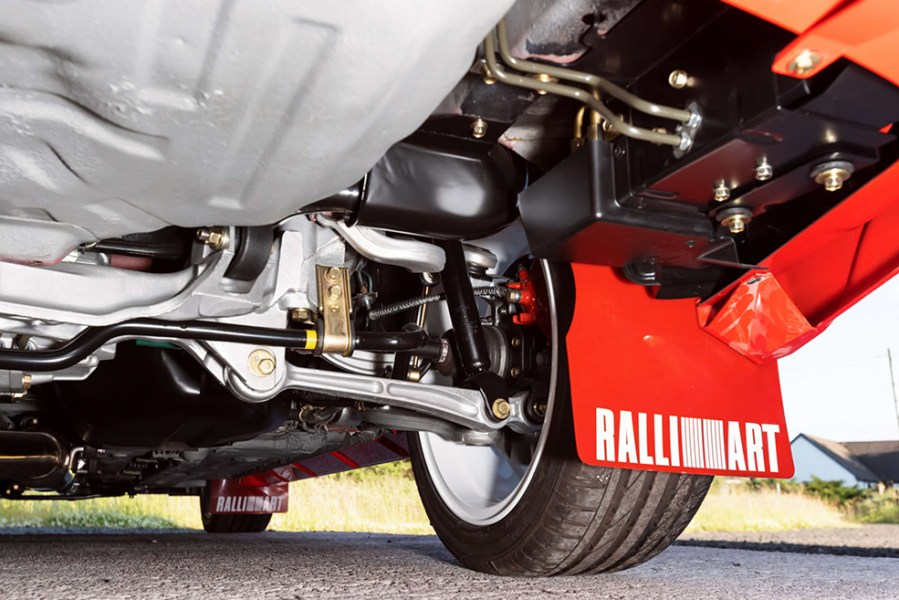
Mitsubishi Evo VI Transmission Tuning
Clutch
Being able to generate such huge grip levels from all four wheels put a huge strain on the transmission, especially the clutch, so it’s no wonder that Evos that are driven hard can start to wear out the clutch pretty quickly. To ensure there is no slippage when power levels increase its worth swapping out the stock item for a uprated alternative such as those from Xtreme or Competition Clutch. These offer uprated friction materials and stronger clamping forces to ensure none of your hard gained power increases are wasted.
Gearbox
Most Evo VI owners will never need to upgrade the car’s gearboxes, as the standard units are pretty durable if maintained correctly and aren’t subjected to too many full-power drag launches, which can cause damage. But for those wanting to push the envelope on tuning or are planning on racing their car, there are a variety of uprated five-speed dog engagement gearsets available in different gear ratios, that will offer increased strength and speed of gearchanges with minimum transmission losses. Finally, at the top of the tuning tree, there is a five-speed sequential gearbox option from Quaife that’ll turn your Evo into a full-on rally machine. Costing over £10,000, it’s not cheap, but will certainly be the ultimate cog swapper.
Differentials
When it comes to improving the performance of the Evo’s differentials, it really depends on which type of differential is fitted as standard. If you have the weaker aluminum active rear diff, most tuners advise replacing it the with the plated limited-slip differential from an RS model. This is much stronger and offers more consistent locking characteristics.
For the front and center diffs there are many options depending on the type of driving you intend to do. These vary from using Kaaz front and center diffs, to a Cusco front diff with a modified viscous center diff.
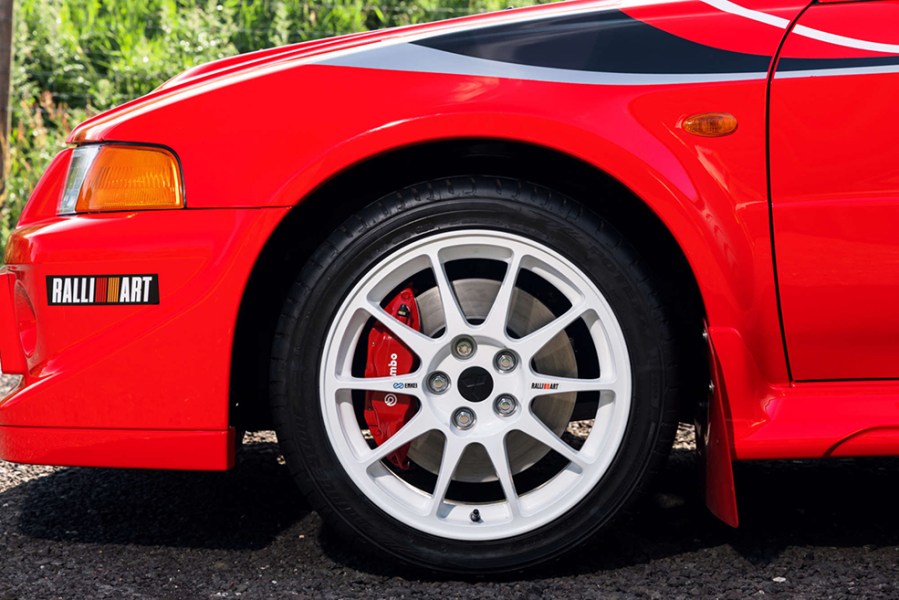
Mitsubishi Evo VI Suspension Tuning
Springs and dampers
Developed to dominate the World Rally Championship, it’s no surprise that the Evo VI’s suspension is pretty sorted straight from the factory, but for those wanting even more hardcore handling you can swap out the standard springs and dampers for adjustable coilovers. These will allow you to tailor the car’s suspension characteristics to your driving style, by way of adjustable dampers, and set the ride height to your liking. However, don’t go and settle for the cheapest options out there, as you could easily ruin the handling and ride rather than improving it. Most top Mitsubishi tuners recommend coilover kits from brands such as KW, Bilstein, Ohlins or Intrax that over excellent ride and control as well as fully adjustable damping to ensure precise setup and top level performance.
Bushes
Most cars are fitted with rubber bushes from the factory, these are cheap and replaceable, meaning many will be worn out by now, so replacing them with a firmer polyurethane upgrade makes a lot of sense; not only do you get a genuine performance benefit of the stiffer bush and less unwanted flex in the suspension system, but they’ll never need replacing again in the future. The Evo VI is 24 years old now, so the OEM bushes are very likely well past their best, so replacing them will be a priority, especially if you are planning any other suspension upgrades.
A front and rear suspension and diff bush kit from the likes of SuperPro will cost around £630, but individual areas can be upgraded at a time to ease the financial burden.
Anti-roll bars
When you take a corner at speed, the car’s weight pitches to the outside of the turn causing the body to roll on its suspension, compressing the outside tyres into the tarmac, but reducing pressure on the inside tyres. Anti-roll bars are fitted at both the front and rear to try and reduce this effect and keep the car flatter through the bend, in turn allowing all four tyres to achieve a greater level of grip. You can increase your Evo’s resistance to body roll by fitting stiffer and thicker anti-roll bars than standard, such as those made by Whiteline. Coming in 24mm thickness at the front and rear, the pair will cost you around £570, and will improve cornering and stability over the standard items.
Geometry
The direction in which your wheels point can have a huge effect on how your car drives, which is why having a professional geometry alignment is well worth the outlay. An alignment specialist can tune your Evo’s suspension with pinpoint accuracy to work in harmony with your preferred driving style, whether that’s trips to the shops, or laps round the track, so ensure you get this done if you make any alterations to your Evo’s suspension.
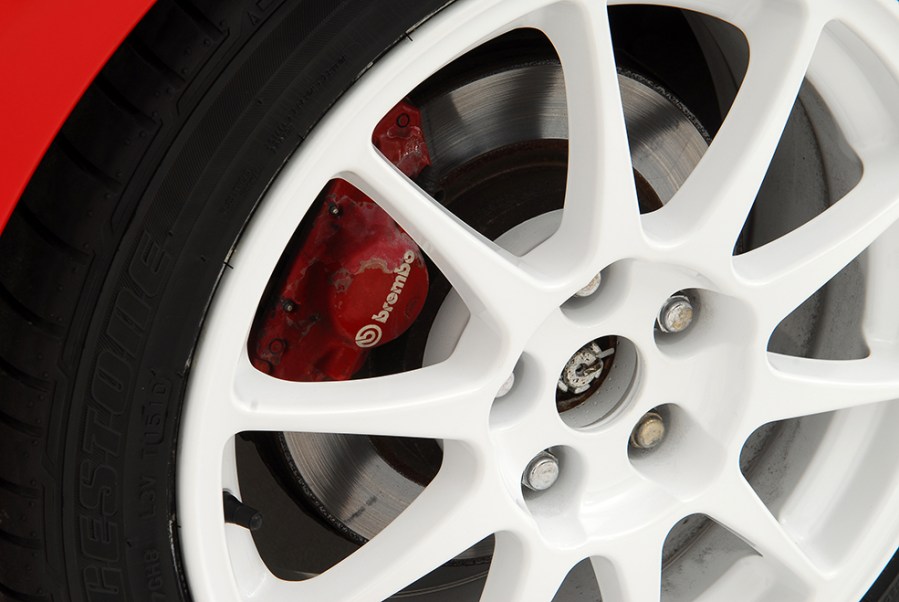
Mitsubishi Evo VI Brake Tuning
The Evo VI comes with an excellent Brembo brake setup as standard, but can suffer from warped discs when used hard or on the track. An upgrade to a set of two-piece performance discs and pads such as those from Performance Friction are an excellent choice that should eliminate any warping issues while also adding extra bite and reducing fade. Beyond this you are looking at dedicated big brake kits from the likes of Alcon or AP Racing which replace both the discs and calipers with uprated items that are often much larger than the standard setup.
They also come with uprated pads, braided lines and specific caliper brackets. Most kits costs between £2000 and £2500 for the front setup only, so are a costly option but will give the ultimate in stopping power. Before you buy, check that your chosen kit will physically fit behind your wheels as some will not fit with standard rims.
Performance Wheels & Tires
As standard, most Evo Vis come equipped with 7.5x17in OZ SuperTurismo wheels with 225/45/17 tyres. This is usually adequate for most owners, as they suit the car well and are a relatively lightweight option. However, if you have upped the performance or are tracking the car and are looking for extra grip, you can go wider and lighter if you look to an aftermarket set.
Widening the rims to 8in while keeping to a 17in diameter you can utilise a 235/45/17 tyre, whereas moving up in diameter will require lower profile rubber, but should still fit up to 19 inches without issue. Just ensure you opt for good quality rubber to make the most of the traction available from the four wheel drive system. When selecting a larger rim, take note of the weight, as increases in unsprung mass will have a detrimental effect on handling, braking and acceleration, so make sure you fit the lightest ones you can afford.
Interior Upgrades
Evo interiors are functional places but most are fairly hard wearing and look decent even on older models such as the VI. The stock Recaro seats are supportive and suit the car well, but if you are tracking the car or wanting something more extreme, then a set of rally-style lightweight wraparound bucket seats from Recaro or Cobra are a good option. The rear bench is pretty lightweight so not worth removing unless you want to install a rollcage and go for the fully stripped racer look. Other than that, we’d just go for small touches like a carbon gearknob or race steering wheel to ramp up the experience and add some interior interest.
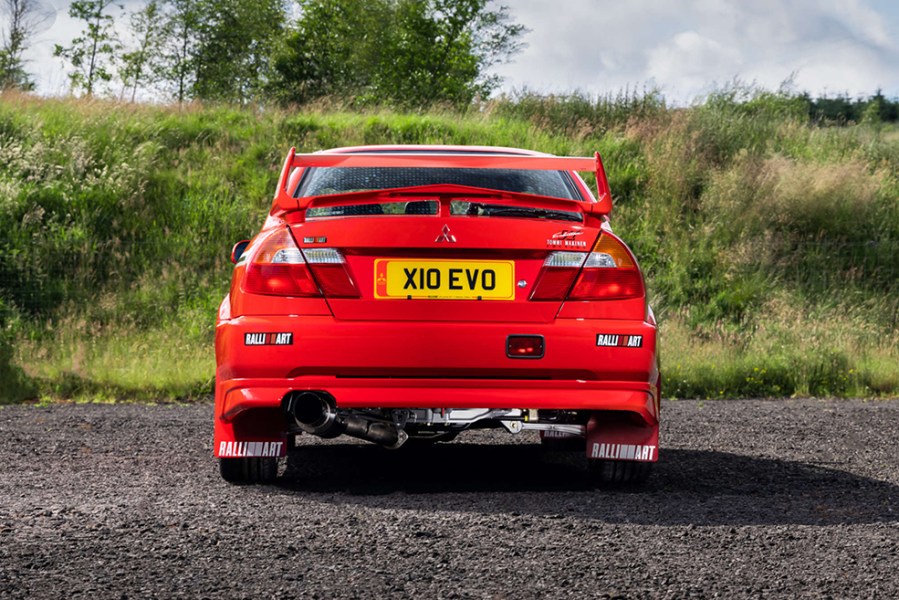
Styling Upgrades
The Evo VI, especially the limited edition TME cars, are collectible classics now, so most owners are keen to keep things looking original on the styling front, so only make major upgrades to the aesthetics if you really love it or are planning on keeping the car long term, as anything that verse away from factory could limit future values. That said, there are various carbon lip, spoiler, side skirt and mirror kits that are bolt on upgrades which could add some individuality but also be put back to standard at a later date. For the really adventurous, you could opt for a full Varis widebody conversion. Available from Evo specialists Ross Sport for just over £4000 it will transform your Evo into a full-on Time Attack weapon.
Words: Dan Sherwood.

